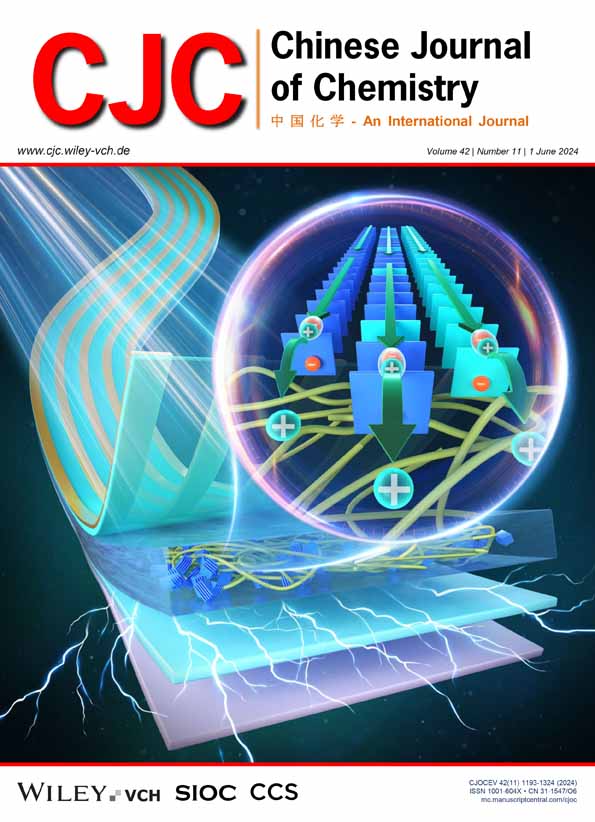Synthesis of Allylic Phosphate Linked Dinucleotide Phosphoramidite: For the Application of Oligonucleotide Synthesis, Gene Assembly and Protein Expression†
Abstract
Chain elongation via dinucleotide (dimer) block coupling was considered as an improved chemical technique capable of synthesizing high-quality longer oligonucleotide for de novo DNA synthesis in synthetic biology. However, this dimer block-wise approach was constrained by readily available dimer phosphoramidite with sufficient quality. Herein, through the usage of a one-pot coupling-oxidation-deprotection cascade process for preparing the key precursors 3'-hydroxyl dimers, then condensation with phosphorodiamidite, purification by flash column chromatography and precipation in methyl tert-butyl ether, a rationally designed dimer phosphoramidite bearing an internucleotide allyl phosphate and a β-cyanoethyl phosphoramidite at the 3’-hydroxyl was synthesized. All sixteen allylic dimer phosphoramidites 2a–p were smoothly prepared with overall yields exceeding 50% and HPLC purities ranging from 97.40% to 99.69%. With these allylic reagents, oligonucleotides were successfully synthesized using a modified solid-phase phosphoramidite method and were completely deprotected under normal ammonialysis condition. Our results indicated that these dimer block-wise synthesized oligonucleotides were of sufficient quality for gene assembly and protein expression, thus, the allylic phosphate linked dimer phosphoramidite can serve as a promising dimer reagent that will enable the applications of long oligonucleotides.

 求助内容:
求助内容: 应助结果提醒方式:
应助结果提醒方式:


